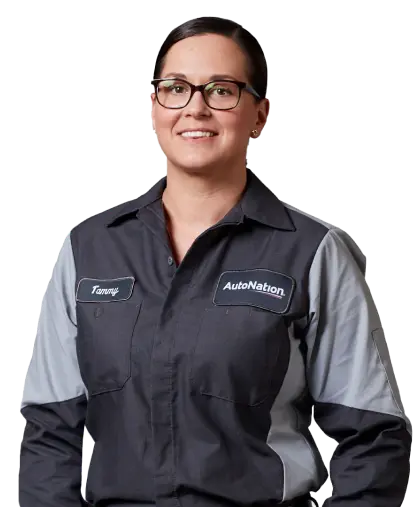Battery Replacement Service in Dallas, TX
Looking for a mechanic to help with your battery?
We bring the shop to you! AutoNation Mobile Service is the most convenient way to repair your car.

Find Your Cost
Battery Replacement in Dallas, TX
From enjoying a Dallas Cowboys game at AT&T Stadium to going out with friends for an afternoon of great food at the Dallas Farmers Market, no matter where you want to go, a reliable, well-maintained vehicle is a crucial part of living the Texas lifestyle.
Since Dallas drivers are always on the move, proper vehicle maintenance and handling repair issues sometimes go by the wayside.
Need help with worn spark plugs, or a damaged ignition coil?
Thanks to intelligent, transparent technology, there’s a better way for Dallas vehicle owners to get the auto repair services they need (without ever stepping into a service center or repair shop).
AutoNation Mobile Service is the leading mobile mechanic service, and we’re available for busy Dallas, Texas, vehicle owners who want to get some of their valuable time back.
We’ll get a mobile mechanic to you in Dallas for any spark plug-related issues, any day of the week.
Battery Replacement in Dallas Mobile Auto Repair
AutoNation Mobile Service offers convenient, at-home auto repair and maintenance services, upfront prices before booking, and five-star quality service, all at an affordable price. We stand behind our work with a 12-month/12,000-mile warranty.
Battery Replacement in Dallas Service Area
Top Rated Service
based on thousands of reviews

Why AutoNation Mobile Service?
We perform over 600 repair and maintenance services including oil changes, brakes, diagnostics, belts and hoses, and more. The best part? We come to you with all the necessary tools and parts.





